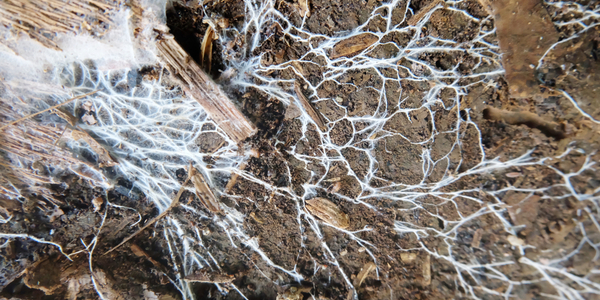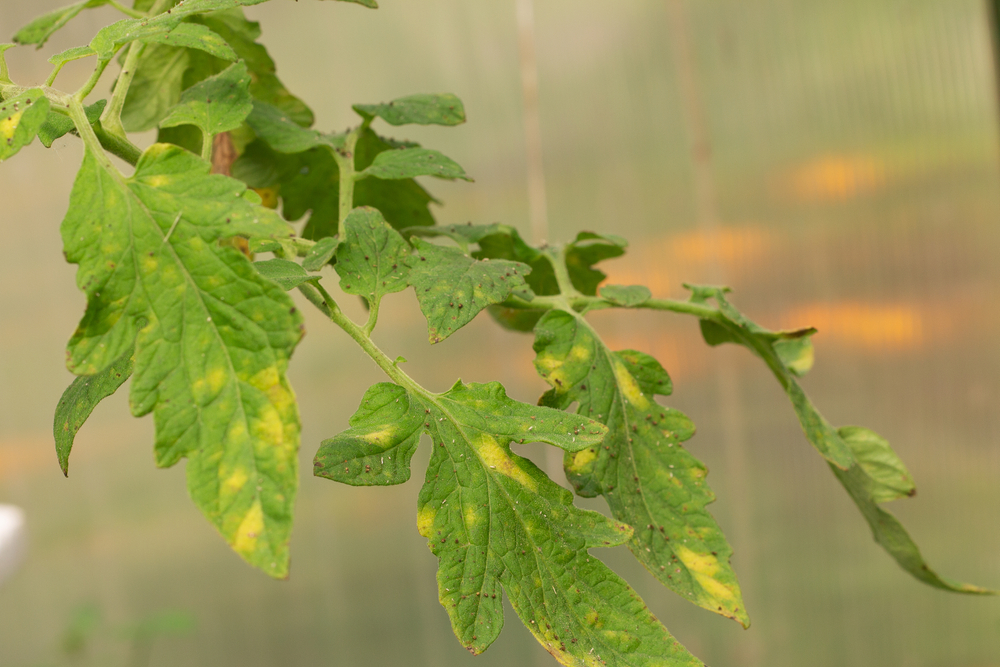
by Deac Jones | Jan 5, 2021 | News
We are all carbon-based life forms. The atoms in our bodies were once part of the carbon dioxide in the air. This process of “carbon fixation” is how most new organic matter is created. These same carbon atoms are in our bodies and other life forms from a process known as the Calvin cycle. The sugars created in the Calvin cycle are also used by plants for long-term energy storage. For quick energy, we rely on adenosine triphosphate (ATP)., the energy-carrying molecule found in the cells of all living things. When energy is needed by the cell, it is converted from storage molecules into ATP. ATP then serves as a shuttle, delivering energy to places within the cell where energy-consuming activities are taking place. The Calvin cycle takes molecules of carbon straight out of the air and turns them into plant matter. It’s called the second stage of photosynthesis because this is where sugars are synthesized but the reactions are not driven by light. Andaman Ag has a product that augments this process.

by Deac Jones | Dec 22, 2020 | News
Merry Christmas and Happy New Year!
One of my favorite writer/poets is Rudyard Kipling. He was born in India, which inspired much of his work. Kipling may be most known for writing the Jungle Book (1894). One poem of Mr. Kipling that I never get tired of reading is the wisdom in How to Be A Man. It was a man’s world back then so I’ve taken the liberty of revising the title. I hope it inspires you in the New Year to hold on, take life as it comes and find success and reward in everything you endeavor.
Rudyard Kipling: How To Be A Man (or Woman)
If you can keep your head when all about you
Are losing theirs and blaming it on you,
If you can trust yourself when all men doubt you,
But make allowance for their doubting too;
If you can wait and not be tired by waiting,
Or being lied about, don’t deal in lies,
Or being hated, don’t give way to hating,
And yet don’t look too good, nor talk too wise:
If you can dream – and not make dreams your master;
If you can think – and not make thoughts your aim;
If you can meet with Triumph and Disaster
And treat those two impostors just the same;
by Deac Jones | Nov 17, 2020 | News, Water Management, Water Usage
Almost 16 million California residents are living in drought conditions. The severity of the drought is measured on a scale that starts at Abnormally Dry and ranges up to Extreme Drought. In Abnormally Dry areas, pasture or crops aren’t fully recovered. In Extreme Drought conditions we’re looking at major crop and pasture losses and widespread water shortages and restrictions.
I mentioned in my last newsletter that Andaman Ag sells AquaVantage, a bio-degradable, starch-based polymer that’s used as a soil amendment, capable of absorbing up to 500 times its weight in water to store and gradually release it to crops. The result: crops require 50% less water, given the water holding capacity! We believe it’s a breakthrough product that can have a major role in mitigating drought conditions.

by Deac Jones | Nov 9, 2020 | News
Fungi and agriculture are natural partners. Fungi were some of the first complex life forms on land, mining rocks for mineral nourishment, slowly turning them into what would become soil. In the Late Ordovician era, or about 480 million years ago, they formed a symbiotic relationship with liverworts, the earliest plants. Fungi in your soil profile means greater mineralization of and access to nutrients for your crop, as well as broader access to water.

by Deac Jones | Oct 14, 2020 | News
Aluminum is one of the most abundant elements on the planet, making up roughly 7% of the Earth’s mass. Aluminum toxicity in our soils is a real problem. Large amounts of nitrogen fertilizers have been applied to our fields, leading to increased soil acidification and potential Al toxicity. Aluminum toxicity occurs in strongly acid soils, plants may also exhibit deficiency symptoms of calcium (Ca), magnesium (Mg), or other nutrients. They might also show symptoms of manganese (Mn) toxicity, which is common when the soil pH is too low. When we experience these soil nutrient imbalances, soil acidification exacerbates the accumulations of toxic aluminum ions.





